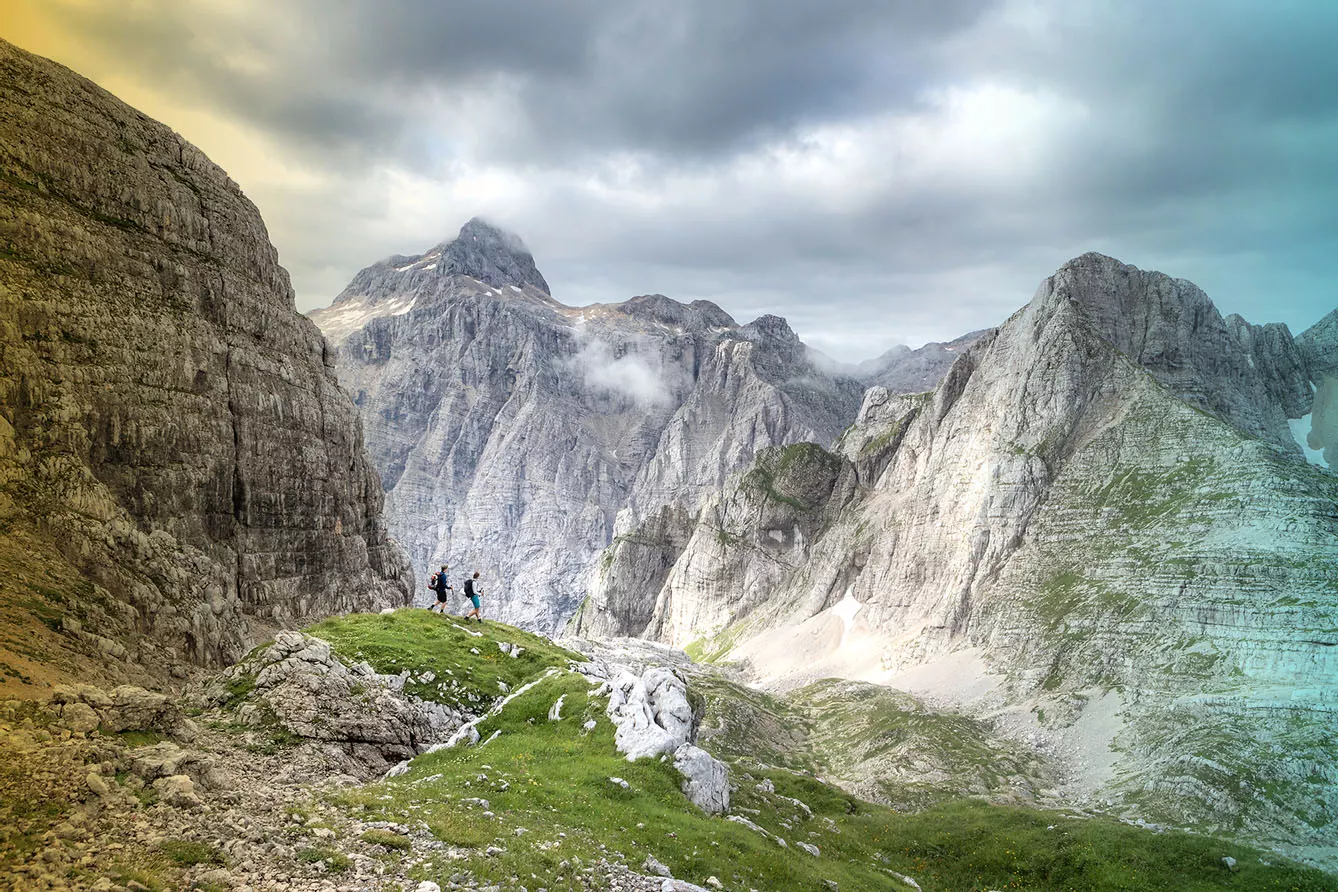In the center of Triglav National Park, a 2,864 m high mountain towers over all the other Julian Alps. It has three peaks, hence its name – from the Slovenian tri glave (three heads). It is depicted on the national flag as the country’s most recognizable symbol.
Triglav: Holy Mountain
Mount Triglav occupies a significant place in the history of Slovenia. There are several legends explaining its origin and distinctive features. One of them talks about a mighty god who lived on the top, ruling over the three kingdoms: heaven, hell, and earth. What technically makes Triglav the Slovenian Olympus?
The next one shows the mythological guardian of the place, who is … a goat. But no ordinary goat: its blood was supposed to have magical healing properties, and its golden horns were the key to hidden treasures. Of course, many brave people tried to hunt the miracle animal, but Goldhorn (Zlatorog) remained invulnerable. After it was slain, beautiful flowers with magical healing properties grew on the hill wherever drops of the goat’s blood were spilled.
More than a landmark
The legend shows that climbing Triglav has never been too easy. To this day, reaching the summit at least once in a lifetime is considered an initiation ritual for every citizen of the country. The uphill route became the path to becoming a real Slovenian. It tests the strength and courage of pilgrims, proving their pride and respect for the holy mountain (and the country).
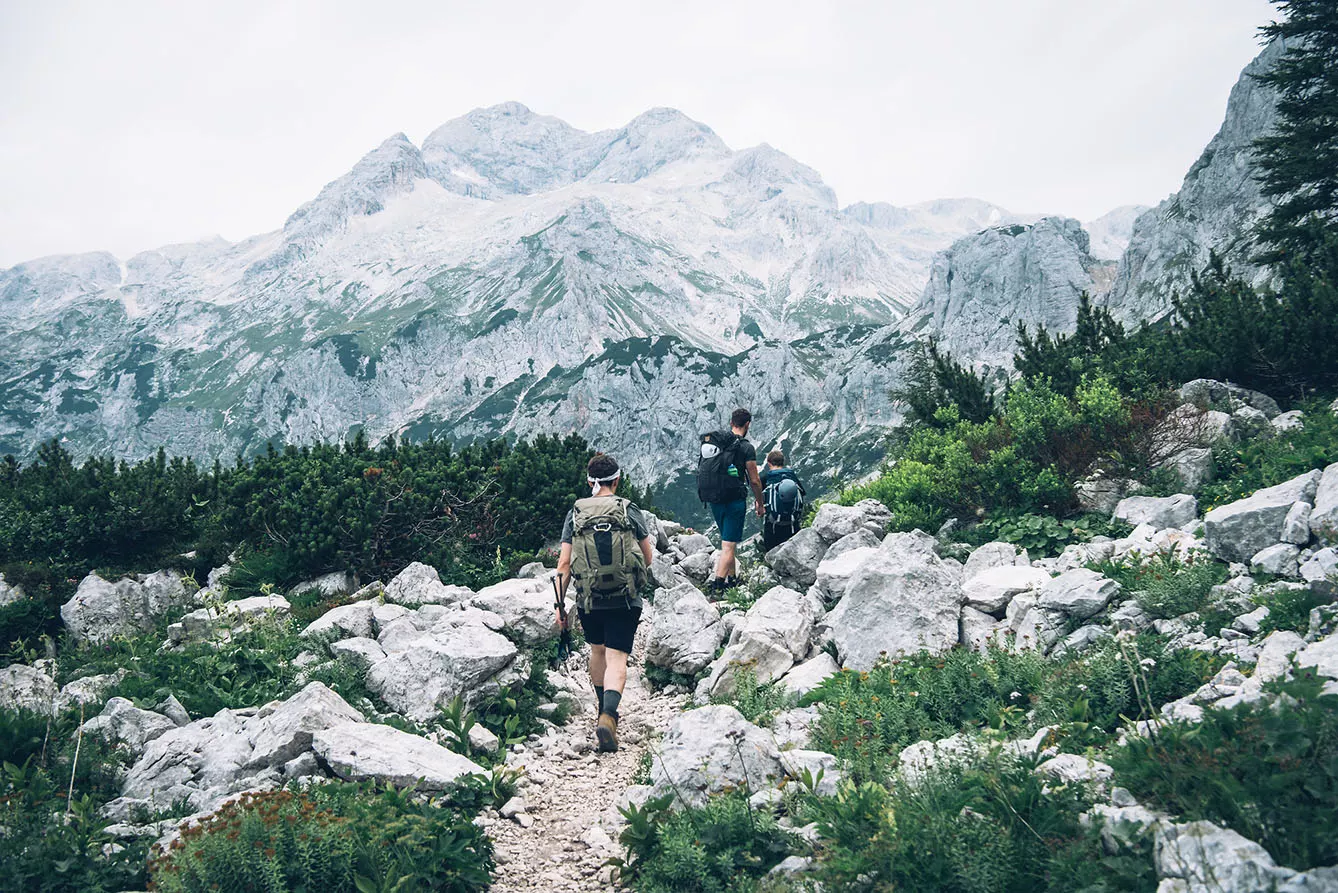
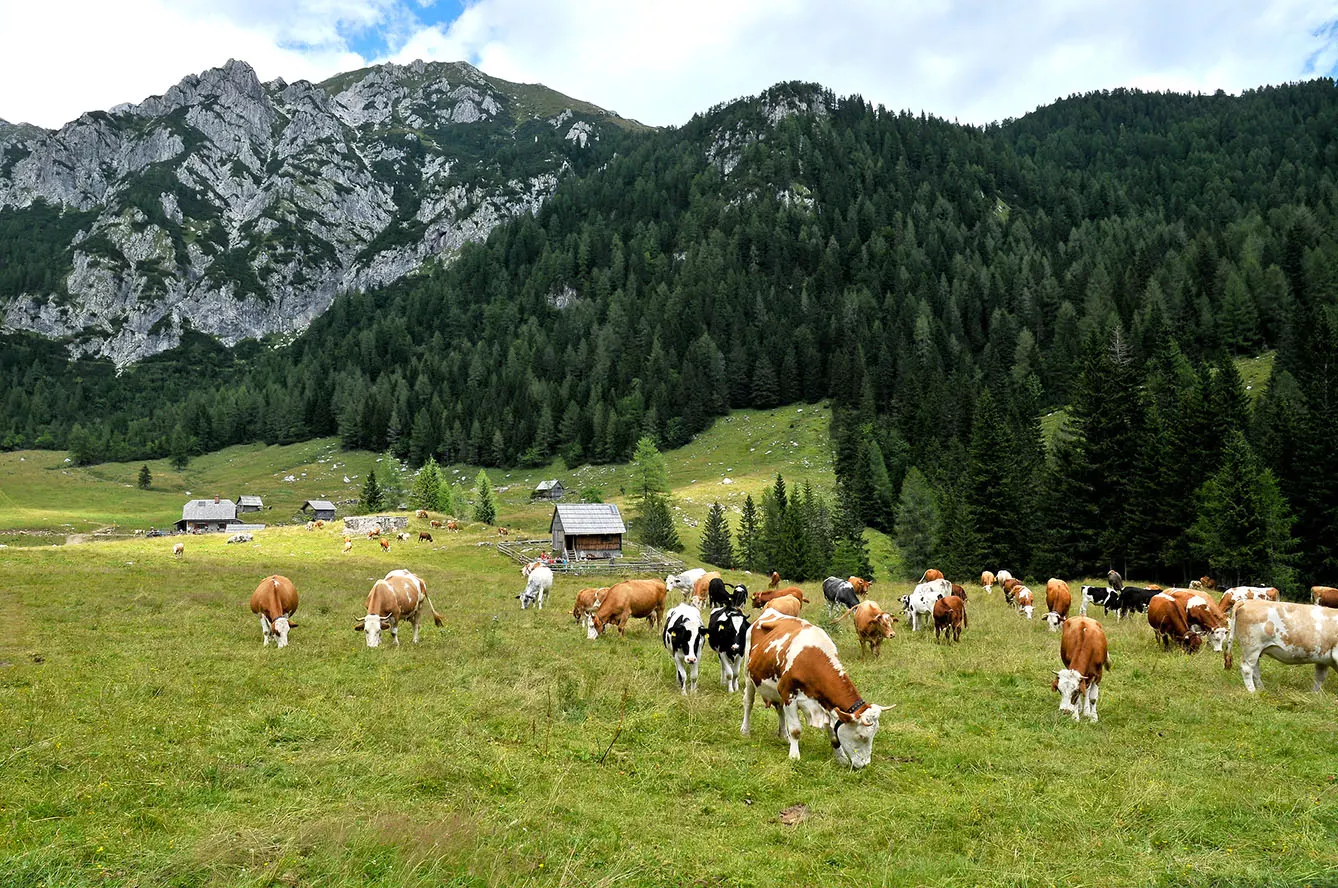

It all started in the 18th century, with the development of modern science and a new tradition of mountaineering. Biologists, especially botanists and mineralogists, began searching for undiscovered species. One of them was Dr. Balthasar Hacquet, who made the first documented attempt to climb Mount Triglav in 1777. He published the results of his research in the book ‘Carniolan Alpine Plants,’ listing four new species named after the place where he found them: Triglav Hawk’s Beard, Triglav gentian, Arctic Alpine Forget-me-not, and the legendary Triglav flower (Potentilla nitidus).
The top priority for the locals
The first to set foot on the top of Triglav was a group of local miners and hunters. Even Hacquet paid tribute to Luka Korošec, who reportedly reached the summit on August 26, 1778, as “the first man since the beginning of the world.” Unfortunately, Korošec also lost his life there some 40 years later…
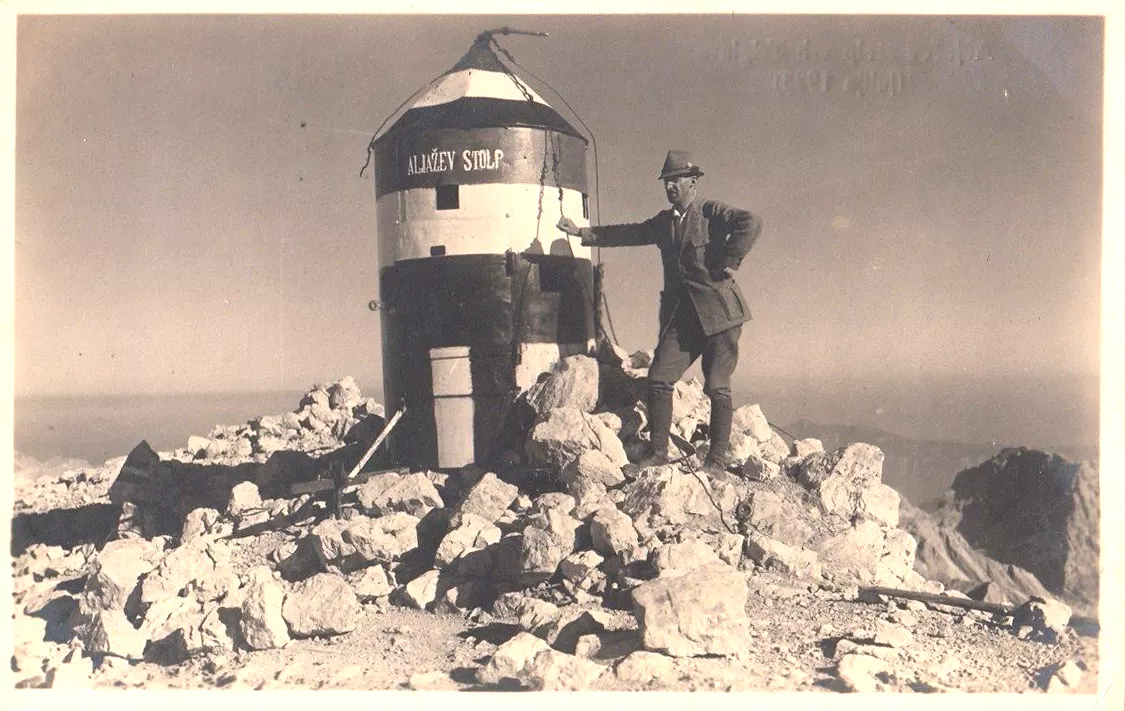
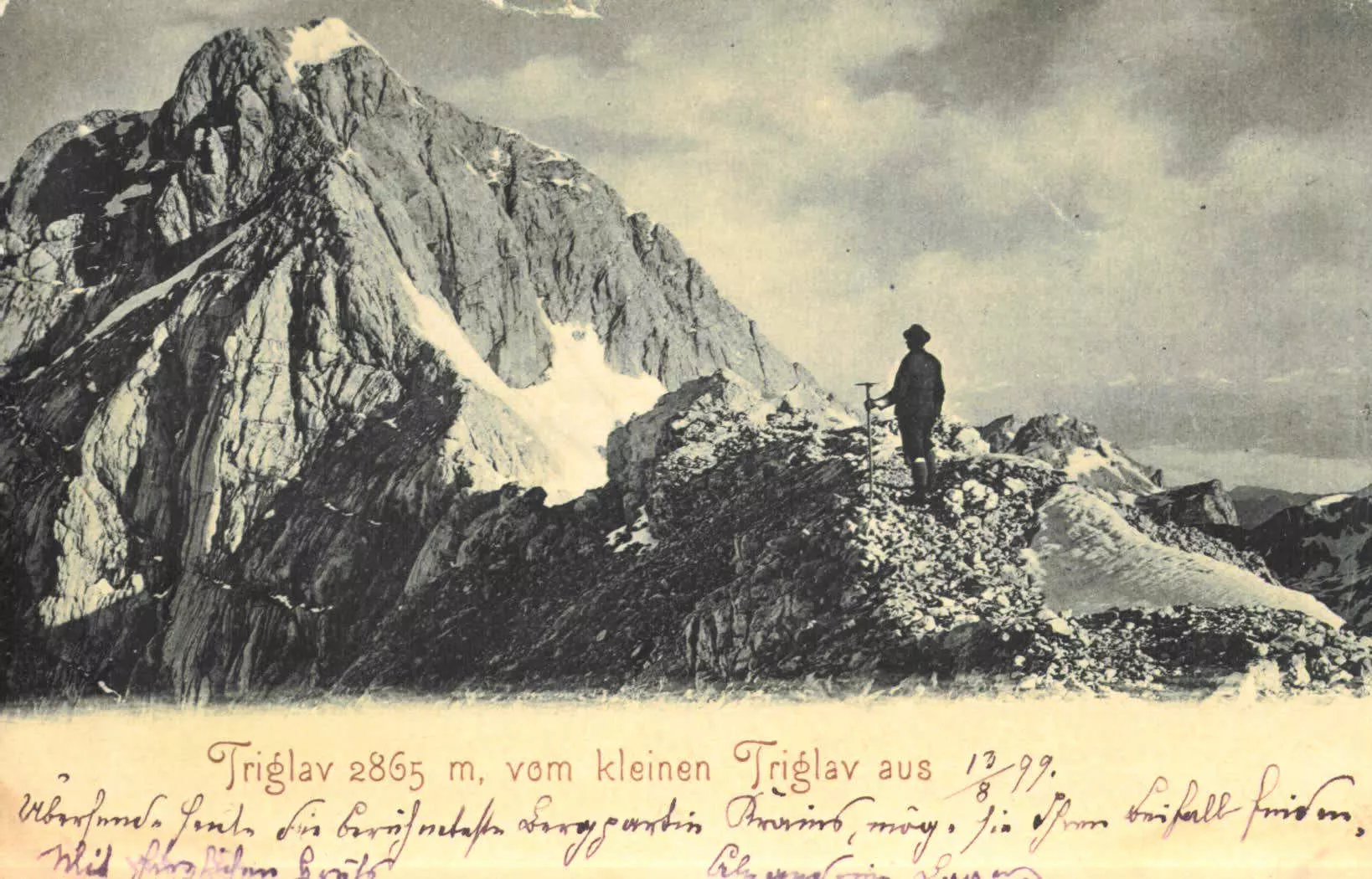
In 1870, the local mountain guide, 20-year-old Rozalija Škantar, known as the “highlander in a skirt,” became the first woman to climb Triglav. But the 19th century belonged mainly to German and Austrian amateur climbers who dominated the place. They explored various climbing routes, mapping new paths and giving them German names. This, of course, upset the Slovenian patriots …
The “battle” for Triglav
In 1895, the parish priest of Dovje, Jakob Aljaž, built a two-meter metal tower on the top of Triglav and later a chalet in nearby Kredarica, called the Slovenian Hut. His idea was to make the peaks accessible to all Slovenes, so he built many new paths secured with ropes.
But the “battle” for Triglav was still to remain unresolved for many years to come. During the First World War, the border between Italy and the Kingdom of Serbs, Croats, and Slovenes was drawn right across the summit, sparking another political dispute. The circumstances of the Second World War made the mountain a forbidden symbol of the resistance Liberation Front.
Finally, in the former Yugoslavia, Triglav was officially recognized as a national symbol, placed on the flag and the coat of arms of the Socialist Republic of Slovenia. And that is where it remains until today, as a state sign of the independent Republic of Slovenia.


